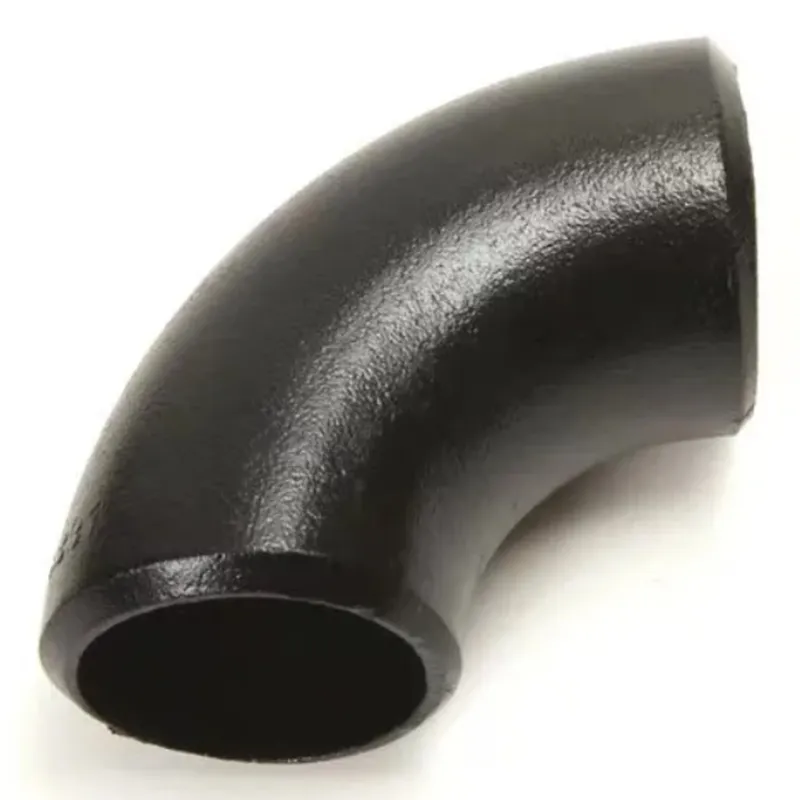-
Cangzhou Yulong Steel Co., Ltd.
-
Phone:
+86 13303177267 -
Email:
admin@ylsteelfittings.com
- English
- Arabic
- Italian
- Spanish
- Portuguese
- German
- kazakh
- Persian
- Greek
- French
- Russian
- Polish
- Thai
- Indonesian
- Vietnamese
- Zulu
- Korean
- Uzbek
- Hindi
- Serbian
- Malay
- Ukrainian
- Gujarati
- Haitian Creole
- hausa
- hawaiian
- Hebrew
- Miao
- Hungarian
- Icelandic
- igbo
- irish
- Japanese
- Javanese
- Kannada
- Khmer
- Rwandese
- Afrikaans
- Albanian
- Amharic
- Armenian
- Azerbaijani
- Basque
- Belarusian
- Bengali
- Bosnian
- Bulgarian
- Catalan
- Cebuano
- China
- China (Taiwan)
- Corsican
- Croatian
- Czech
- Danish
- Esperanto
- Estonian
- Finnish
- Frisian
- Galician
- Georgian
- Kurdish
- Kyrgyz
- Lao
- Latin
- Latvian
- Lithuanian
- Luxembourgish
- Macedonian
- Malgashi
- Malayalam
- Maltese
- Maori
- Marathi
- Mongolian
- Myanmar
- Nepali
- Norwegian
- Norwegian
- Occitan
- Pashto
- Dutch
- Punjabi
- Romanian
- Samoan
- Scottish Gaelic
- Sesotho
- Shona
- Sindhi
- Sinhala
- Slovak
- Slovenian
- Somali
- Sundanese
- Swahili
- Swedish
- Tagalog
- Tajik
- Tamil
- Tatar
- Telugu
- Turkish
- Turkmen
- Urdu
- Uighur
- Welsh
- Bantu
- Yiddish
- Yoruba

Dec . 12, 2024 11:07 Back to list
welding pipe to flat plate
Welding Pipe to Flat Plate Techniques and Considerations
Welding is a fundamental technique used in various industries, where two or more parts are fused together to form a strong and durable joint. Among the many welding applications, joining a pipe to a flat plate is a common task in the fabrication of structural components, pipelines, and various mechanical systems. This article explores the principles, techniques, and considerations involved in welding pipes to flat plates.
Understanding the Basics
Welding pipe to flat plate involves the joining of a cylindrical workpiece (the pipe) to a flat surface (the plate). This process is critical in applications such as constructing frames, supports for piping systems, and creating custom machinery. Proper techniques must be employed to ensure the integrity and strength of the joint.
Preparation
Before welding begins, proper preparation is essential. The pipe and plate must be cleaned to remove any contaminants such as oil, dirt, and rust, which can compromise the weld quality. The edges may also require beveling, especially if a strong joint is necessary. Beveling increases the surface area of the weld, allowing for deeper penetration and a stronger bond. Additionally, ensuring that the alignment of the pipe and plate is precise is crucial to prevent distortion during the welding process.
Choosing the Right Welding Process
Several welding processes can be used to join a pipe to a flat plate, each with its advantages
1. Shielded Metal Arc Welding (SMAW) Also known as stick welding, SMAW is a versatile process that can be used in various positions and is suitable for thicker materials. It provides good penetration and is relatively easy to learn.
2. Gas Metal Arc Welding (GMAW) Commonly referred to as MIG welding, GMAW is ideal for thin materials and offers a cleaner process with less slag. It provides a continuous weld, which can be beneficial in reducing the number of passes needed.
3. Gas Tungsten Arc Welding (GTAW) Known as TIG welding, GTAW provides exceptional control over the bead placement and is suitable for high-precision jobs. It is often used for stainless steel and aluminum welds but can be slower than other methods.
welding pipe to flat plate

4. Flux-Cored Arc Welding (FCAW) This process is similar to MIG but uses a hollow wire filled with flux. It's advantageous for outdoor applications and in windy conditions, making it suitable for structural welding.
Each of these methods has its specific applications, and the choice will depend on factors such as material type, thickness, and the required strength of the joint.
Joint Design
The joint design plays a critical role in the welding process. A V-groove joint or a fillet weld may be employed, depending on the load requirements and the type of weld being made. For example, a V-groove joint is ideal for heavier pipes and thicker plates, allowing for greater penetration and strength. In contrast, a fillet weld may be preferred for lighter applications.
Post-Welding Considerations
Once the welding is complete, several post-welding procedures should be performed. These may include
- Inspection Visual inspection and non-destructive testing (NDT) methods such as ultrasonic or radiographic testing can help detect any defects in the weld.
- Cleaning Any slag or excess material should be removed to prevent corrosion and ensure the structural integrity of the welded joint.
- Stress Relief For high-stress applications, post-weld heat treatment may be necessary to relieve residual stresses and improve the overall performance of the welded structure.
Conclusion
Welding a pipe to a flat plate is a skill that combines artistry with technical knowledge. Understanding the materials, preparation, and selection of the right welding process is crucial to achieving strong and durable welds. Proper execution not only ensures the reliability of the joint but also contributes to the overall success of the structures and systems in which they are used. As technology advances and new materials emerge, continuous learning and adaptation in welding practices will remain paramount for professionals in the field.
Latest news
-
ANSI 150P SS304 SO FLANGE
NewsFeb.14,2025
-
ASTM A333GR6 STEEL PIPE
NewsJan.20,2025
-
ANSI B16.5 WELDING NECK FLANGE
NewsJan.15,2026
-
ANSI B16.5 SLIP-ON FLANGE
NewsApr.19,2024
-
SABS 1123 FLANGE
NewsJan.15,2025
-
DIN86044 PLATE FLANGE
NewsApr.19,2024
-
DIN2527 BLIND FLANGE
NewsApr.12,2024
-
JIS B2311 Butt-Welding Fittings LR/SR 45°/90° /180°Seamless/Weld
NewsApr.23,2024











